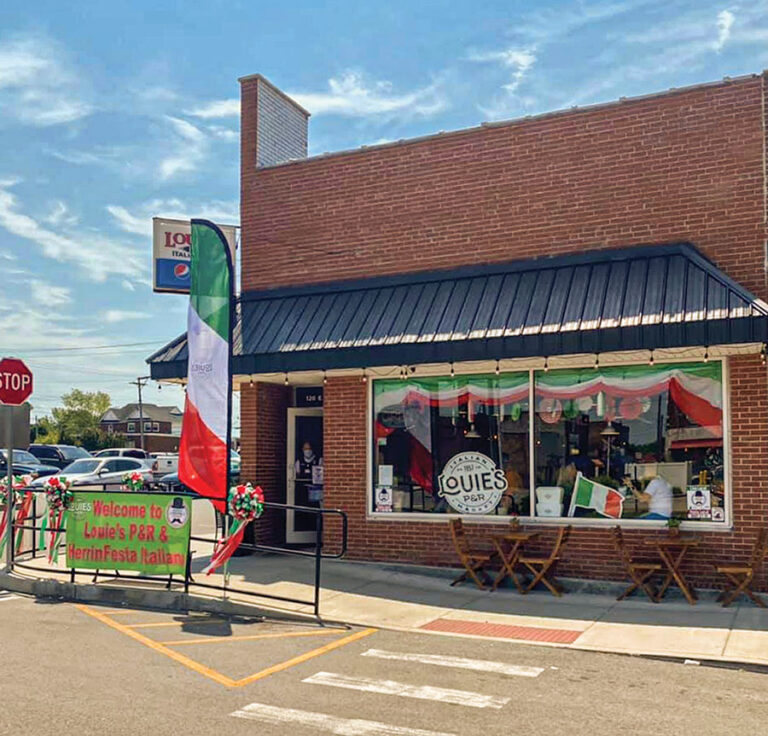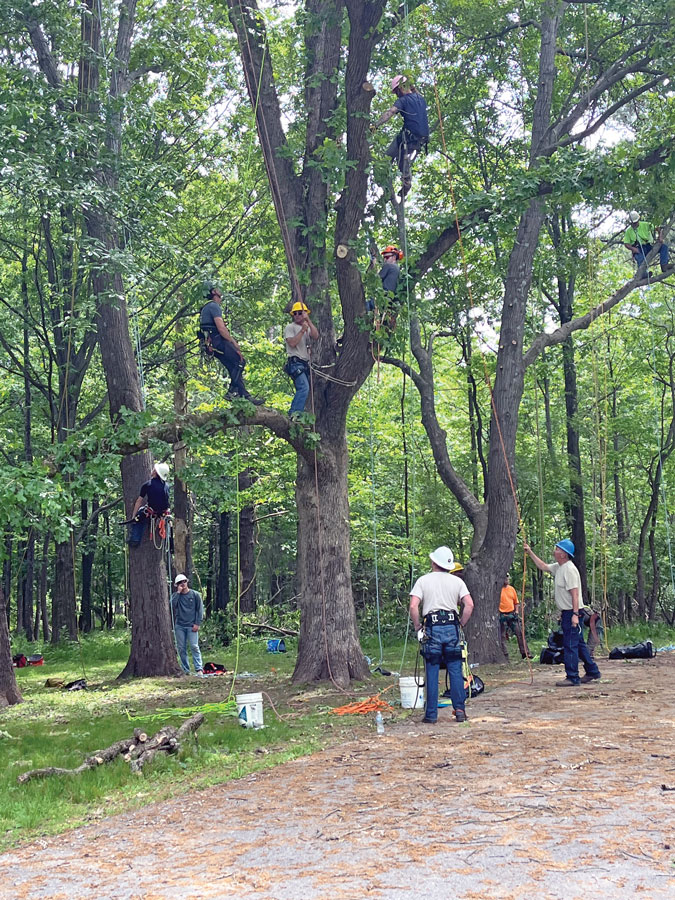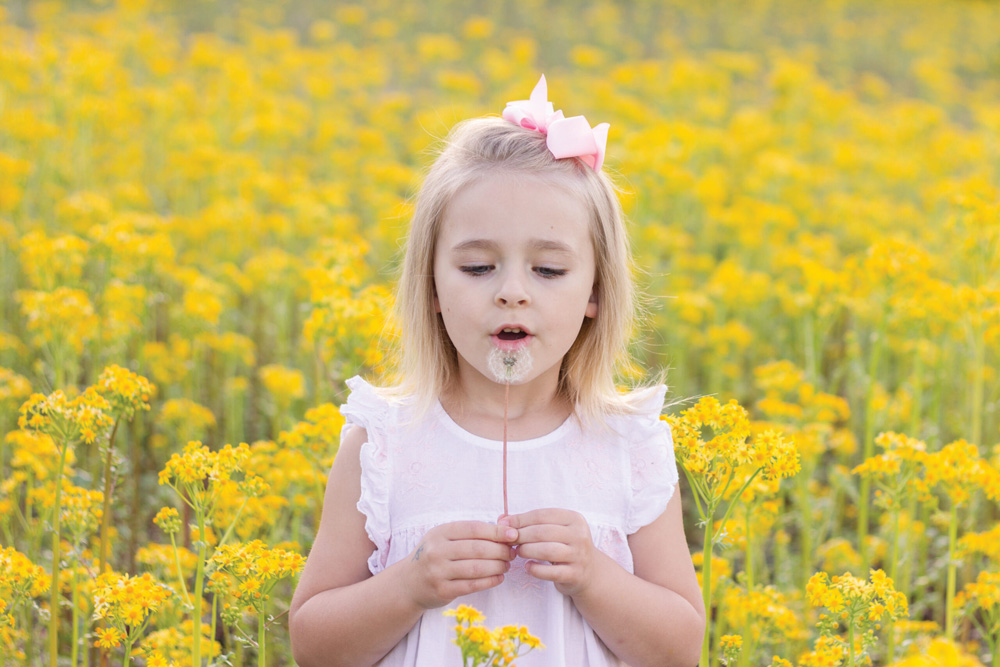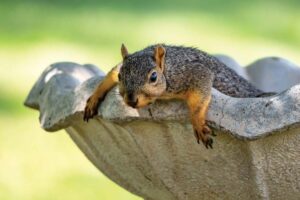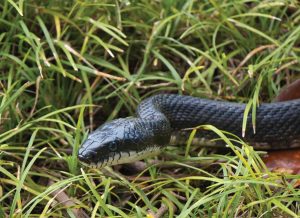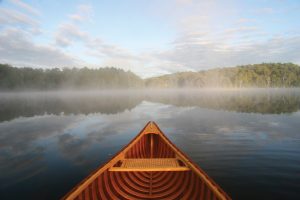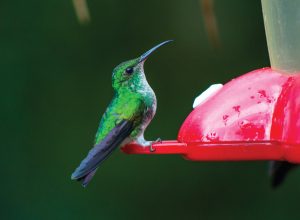As the winter snow melts and temperatures warm, Illinois outdoor lovers anticipate the start of mushroom hunting. Southern Illinois will be the first area to produce the treasured fungi beginning the first two weeks of April. Look for tree-covered southern-facing slopes. These are the first areas to bring out the woodland harvest.
During mid-April, central Illinois will begin producing, followed by the northern section late in the month. Keep in mind, morels do best with warm days and mild nights, and a cold front can set back their appearance.
Good mushroom hunting can continue until and sometimes beyond Mother’s Day.
It is always a race to find the treasures before they are hidden among May flowers and other vegetation growing on the forest floor.
Late season yellow morels are the giants of the mushroom harvest. I have seen yellows standing well above the forest floor and visible for a long distance. Look carefully if you see some, a motherlode could be hidden in surrounding vegetation.
Many Illinois public lands are open for foraging with only some restrictions. During spring turkey season, visitors to state parks, fish and wildlife areas, and other IDNR-managed sites must remember hunting areas are closed daily, from before sunrise to 1 p.m., to other activities. The hunting area safety restrictions apply to all visitors, including mushroom collectors. For turkey season dates, check the IDNR website at dnr.illinois.gov.
No license is required for mushroom collecting in Illinois, but collectors always need landowner permission on private property. Carrying written permission from the landowner is always a good idea.
On public sites, mushroom collectors must adhere to approved regulations and hours. Collection is prohibited in any area designated as a dedicated nature preserve.
In the Cache River State Natural Area, mushroom hunting is allowed in most areas and there is no limit on the amount collected.
Mushroom collectors should call ahead to the IDNR site they intend to visit to learn of any site-specific regulations, and no fungi collected on public lands in Illinois may be offered for sale.
Mycologists (mushroom experts) advise hunters to carry collected mushrooms in open weave mesh bags. Porous woven bags allow mushroom spores to escape and fall to the forest floor where they can repopulate.
If you are new to woodland foraging and can’t find help from a local mushroom hunter, there are YouTube videos available.
Taking a slow stroll through the woods on a warm spring day is a fabulous experience. Top it off with a platter of fried morels for dinner, and you are in outdoor lover’s heaven.


